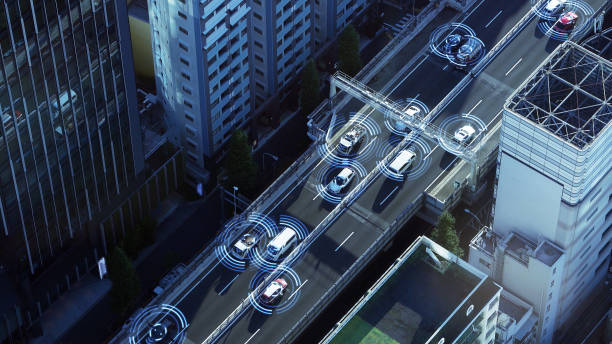Imagine a world where letters and packages zip across the globe at lightning speed, connecting friends, families, and businesses. In this fast-paced digital age, we often forget about the remarkable journey that our mail undertakes to reach us. From hand-written notes to essential documents and online orders, each piece of mail has its story—a tale of technology, innovation, and human determination.
Technology in Modern Mail Delivery
The landscape of mail delivery has transformed dramatically with technology at the helm. Automated systems now sort thousands of letters and packages every hour, speeding up processes that once required countless hours of manual labor.
Drones are making headlines too, offering a glimpse into the future of delivery. These flying machines can navigate tough terrains and reach remote areas, ensuring that aye mail arrives even in hard-to-access locations.
Tracking capabilities have also evolved. With just a click, you can see where your parcel is in real time. This transparency builds trust between senders and receivers alike.
How Mail Moves Across the World
Mail travels the globe through a complex network of systems. It starts with local postal services, which collect letters and packages from various points. Once gathered, they sort mail based on destination.
Airlines play a crucial role in speeding up this process. Cargo planes rush to transport mail across countries and continents. They connect remote areas with bustling cities, making delivery possible within days.
Ground transportation is equally important. Trucks carry shipments from airports to regional hubs, while trains can move large volumes over land efficiently.
Evolution of Mail Transportation
Mail transportation has come a long way since the days of horseback riders and carrier pigeons. Ancient civilizations relied on these methods to send messages across vast distances, laying the groundwork for future innovations.
With the advent of railways in the 19th century, mail delivery transformed dramatically. Trains became essential for moving large volumes quickly and efficiently. The postal service embraced this change, establishing dedicated routes that connected cities like never before.
The introduction of automobiles added another layer of speed and accessibility. Trucks could navigate smaller roads, reaching remote areas previously cut off from reliable mail services.
Challenges and Obstacles in Mail Delivery
Mail delivery, despite its efficiency, faces numerous challenges and obstacles. Weather can wreak havoc on logistics. Storms or heavy snow can delay deliveries significantly.
Security concerns are also paramount. Global tensions and rising threats mean that mail services must invest heavily in security measures. This ensures the safety of both packages and personnel involved in the process.
Additionally, customs regulations vary from country to country. Navigating these rules can cause unforeseen delays for international shipments. Each nation has its own set of requirements, which complicates smooth transport.
Another issue is the rise of e-commerce. While it creates more demand for mail delivery services, it also puts pressure on existing infrastructure. Companies often scramble to keep up with orders during peak shopping seasons.




